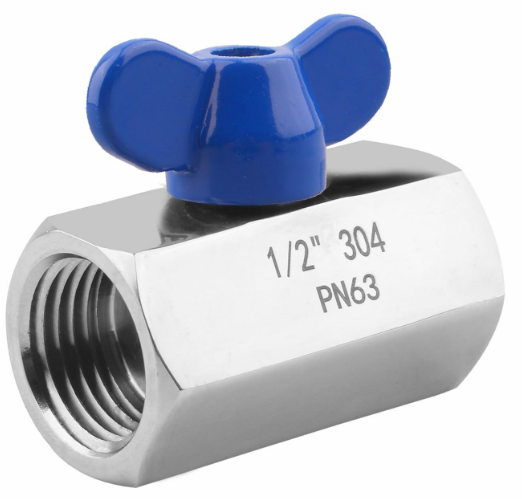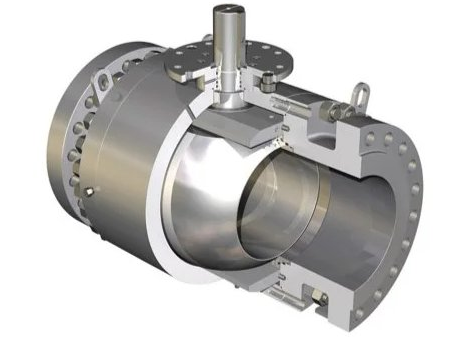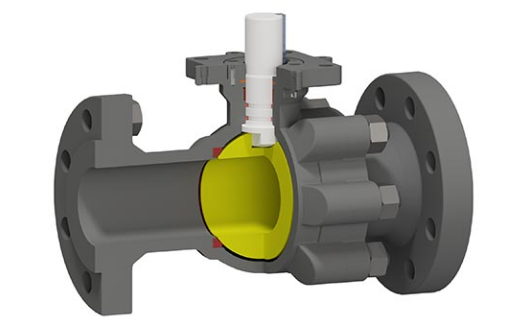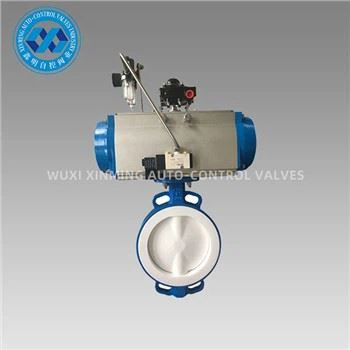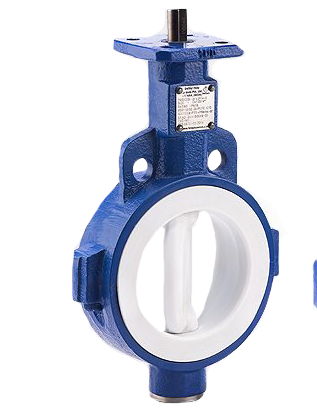Introduction
Pneumatic actuators are vital components in various industries, including automation, robotics, and manufacturing. These devices convert compressed air into mechanical motion and are essential for controlling movements in a broad range of applications. The proper control of pneumatic actuators is crucial to ensure precise and efficient operations. In this article, we will explore the control mechanisms behind pneumatic actuators and their diverse applications.
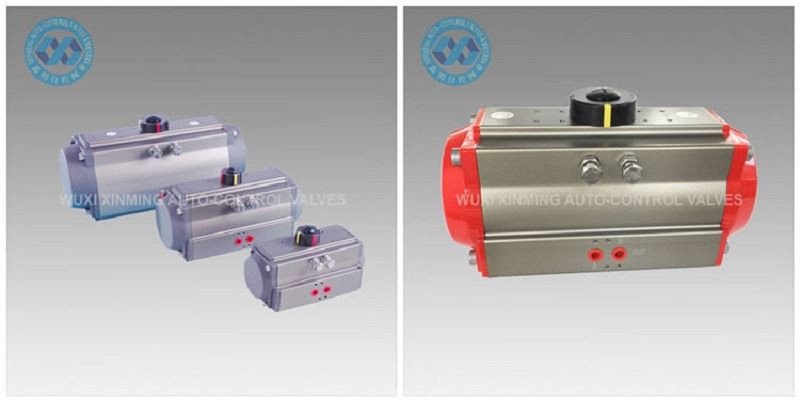
Introduction to Pneumatic Actuators
A pneumatic actuator is a mechanical device powered by compressed air that is used to control various motions, such as linear (push/pull) or rotary movements. The actuator's working principle is simple: compressed air enters the actuator, which causes a piston to move, converting the air's energy into mechanical force. This force is then used to move machinery or other components in the system. Pneumatic actuators come in different forms, including linear actuators (which provide straight-line motion) and rotary actuators (which generate rotational movement). These actuators are widely used in industries like automotive, food processing, and pharmaceutical manufacturing due to their simple design, reliability, and ability to function in hazardous environments.
Control of Pneumatic Actuators
The control of pneumatic actuators is achieved through a combination of hardware and software that regulates the flow and pressure of compressed air. The two primary types of actuator control are:
- On/Off Control: This is the simplest form of control where the actuator is either fully extended or fully retracted. On/off control systems typically use solenoid valves to regulate the flow of air into the actuator. While this control method is straightforward and cost-effective, it offers limited precision and is best suited for applications where precise motion control is not required.
- Proportional Control: Proportional control provides more refined motion control by regulating the air supply in proportion to the input signal. This is achieved using proportional solenoid valves, which modulate the flow rate of compressed air based on the control signal. Proportional control allows for smoother and more accurate movements, making it ideal for applications that require precise positioning, such as in robotics and automation systems.
- Servo Control: Servo control is the most sophisticated form of actuator control, offering the highest level of precision. It uses a closed-loop control system where sensors continuously monitor the actuator's position, speed, and force. The controller adjusts the input signal to maintain the desired position or motion. This system often includes feedback loops and electronic controllers to provide fine-tuned control over the actuator's movement. Servo-controlled pneumatic actuators are commonly used in high-precision applications like CNC machines and advanced robotics.
Applications of Pneumatic Actuator Control
Pneumatic actuator control systems find widespread use across various industries due to their reliability and adaptability. Some key applications include:
1. Industrial Automation
- In manufacturing, pneumatic actuators are used to automate processes such as assembly, packaging, and sorting. Precise control of the actuators ensures that production lines run smoothly, with minimal errors or downtime.
2. Robotics
- Pneumatic actuators play a crucial role in robotics, enabling robots to perform tasks such as gripping, lifting, and moving parts. By utilizing proportional or servo control, robotic systems can achieve high levels of precision in complex operations.
3. Automated Valves
- Pneumatic actuators are frequently used in controlling the opening and closing of valves in industries such as oil, gas, and water treatment. By regulating the actuator's motion, operators can ensure proper valve function, which is critical for maintaining the flow of fluids and gases in these systems.
4. Medical Equipment
- In medical applications, pneumatic actuators control devices like ventilators, infusion pumps, and surgical robots. These systems require precise and reliable actuator control to ensure patient safety and the accurate delivery of treatment.
5. Automotive Systems
- Pneumatic actuators are widely used in vehicle systems, such as for controlling suspension systems, seat adjustments, and braking mechanisms. The reliable control of actuators in these systems ensures optimal performance and safety.
Conclusion
The control of pneumatic actuators is a fundamental aspect of their performance in various industrial applications. From basic on/off systems to advanced servo-controlled setups, each control method offers distinct advantages depending on the level of precision required. As industries continue to evolve and demand greater efficiency and accuracy, the role of pneumatic actuators and their control systems will remain pivotal in driving innovation and automation.
Pneumatic actuator (for converting air pressure into motion).
Control valves (for regulating air flow and direction).
Pressure regulators (to control the air pressure).
Solenoid valves (for automated control).
Sensors (to provide feedback on actuator position or force).
On/Off Control: Simple control where the actuator is either fully extended or retracted.
Proportional Control: Uses a variable air supply to control the actuator's speed and position with more precision.
Feedback Control: Involves sensors that provide real-time feedback, adjusting the actuator’s position or speed automatically.
Fast response time and high-speed operation.
Cost-effective compared to electric systems for certain applications.
Simplicity in design and maintenance.
Powerful force output with a small form factor.
Durability in harsh environments with minimal risk of overheating.
Air leaks in hoses or seals, reducing efficiency.
Inconsistent pressure leading to erratic actuator motion.
Faulty control valves causing misdirection of air or incomplete movement.
Contaminated air which can damage internal components or reduce performance.
Incorrect sizing of the actuator for the application, leading to underperformance.
If you want to learn more about low-priced products, please visit the following website: www.xm-valveactuator.com







